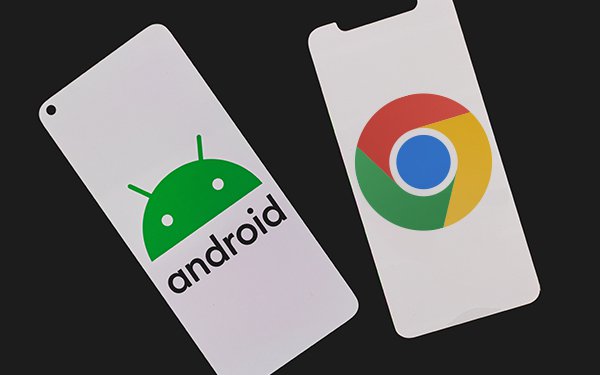Commentary
Google OS Merger: Implications For Advertisers
- by Laurie Sullivan , Staff Writer @lauriesullivan, July 15, 2025

Google’s plan to combine ChromeOS and Android into one platform has begun. It may not seem like a monumental task or one that will make a great difference to advertisers, but it will.
Sameer Samat, president of Google's Android ecosystem, confirmed the move in a recent interview with TechRadar. He is responsible for Android’s implementation across mobile, wearables, XR, TV, and automotive.
The move potentially simplifies campaign creation and expands reach.
Yang Han, co-founder and CTO of StackAdapt, said in an interview with MediaPost, as supply and operating systems evolve, it more about reach and access to data. It may change specific details.
“The more streamlined things are, the less complicated they become,” Han said. “I don’t mean that as a negative impact. It could be positive, but it all comes down to the details.”
advertisement
advertisement
The Android 16 update, which Google released on June 10, doesn’t focus on design or even utility, but, like Apple, it focuses on access to all devices run on the operating system that one person owns. While Android has a large app library, many are not optimized for tablets, holding Google from challenging Apple’s dominance.
“Tablets running Android have traditionally struggled to match the fluidity and polish of iPadOS, often due to fragmentation and inconsistent support for desktop-like features,” according to one report.
The change addresses fragmentation and inconsistencies in user and developer experiences like issues with app incompatibility, functions, and the overall feel of using Google's products and services across different devices.
Advertisers will have the ability to focus on optimizing for one platform rather than several, while users will benefit from having a range of apps and features. Developers will create expansive experiences across devices. That also means advertising, too.
If all goes as planned, it will create enhanced ad formats and experiences. Developers can focus on creating interactive ad formats for their apps. A unified platform could simplify data collection and campaign management across the Google advertising ecosystem and metrics and measurement platforms, potentially improving ad buying and return on investments (ROIs). It also could make it easier for Google when updating AI features.
There have been hints throughout the past year this was coming, Thurrott reported. Google Pixel owners can upgrade to Android 16 now, but some of the best Android 16 features, like a ChromeOS-like desktop mode based on Samsung DeX, are coming in future quarterly feature updates.
“That alone isn’t enough for Android to replace ChromeOS–the desktop version of Chrome is perhaps that platform’s biggest differentiator,” according to Thurrott. “ChromeOS can also run Android apps,” which is a big step. Apple seems to have opened the floodgates.



